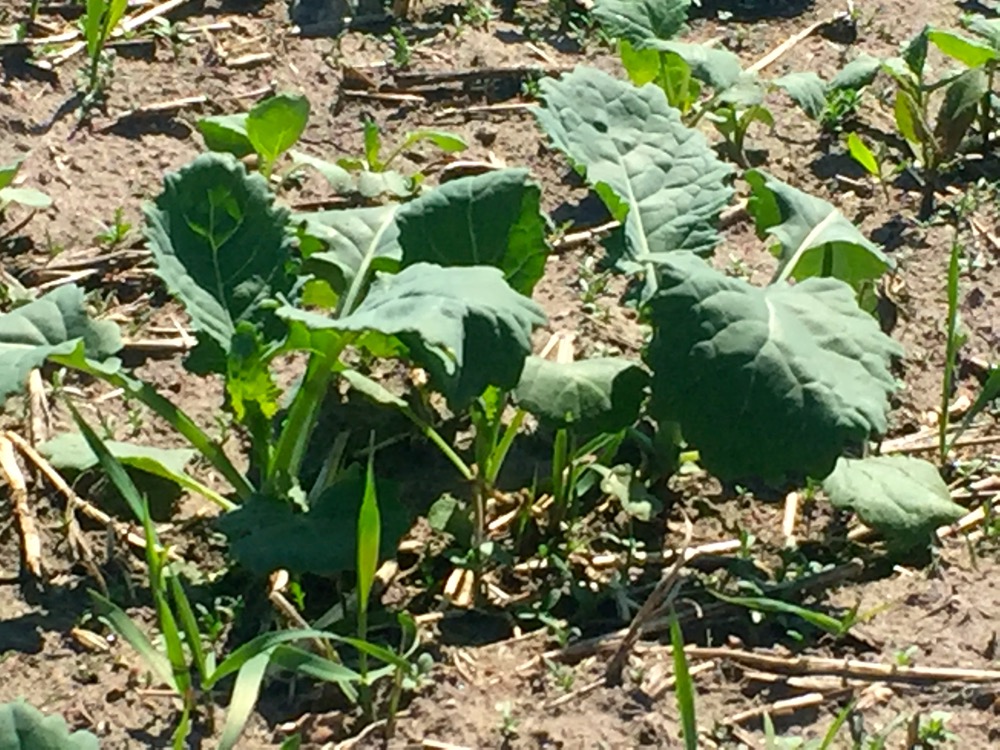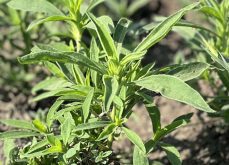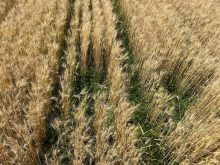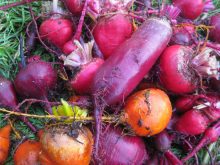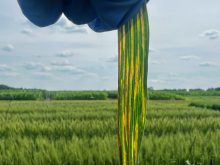Seeding is a wrap in Saskatchewan, according to the latest Saskatchewan Crop Report. While dry pockets remain, crop growth has generally been excellent due to recent moisture and warm weather.
But while many farmers are relieved that rains quenched what was shaping up to be a dry year, ag retailers in northwest Saskatchewan urge farmers to scout their fields.
Ian Weber, sales manager at Warrington AgroDynamic in Mervin, says farmers are spraying for leaf diseases in cereals.
“Even in the healthy-looking stuff you can see lots of disease,” he said.
Some soft white wheat in the Glaslyn area is yellowing, said Dave Shepherd, location manager at AgriTeam. Shepherd is unsure whether those yellowing leaves are a yield-breaker, or whether it’s a disease or nutrient issue. But one farmer has sent in tissue samples.

“It doesn’t seem to be showing up in the spring wheat. Just the soft white so far,” he said.
It’s not only the ag retailers reminding farmers to scout for diseases.
“With the rain we have been having in many parts of the province now, I would suspect that are probably some symptoms showing up (in pulses),” said Dr. Sabine Banniza of the Crop Development Centre. Banniza outlined pulse diseases during a webinar hosted by the Sask Pulse Growers on Wednesday.
Banniza said pea and lentil growers should watch for early lesions. If the plant is already half-brown, “you missed the train,” she said. “And that’s why regular scouting is important.”
Banniza recommended applying fungicide before the canopy closes if pea and lentil growers see early symptoms.
“If it then continues to be wet, you would probably want to consider a second application in maybe three weeks or so,” she said.
Fungicide efficacy wanes in two to three weeks, plus new growth will not be protected by the first application, she explained.
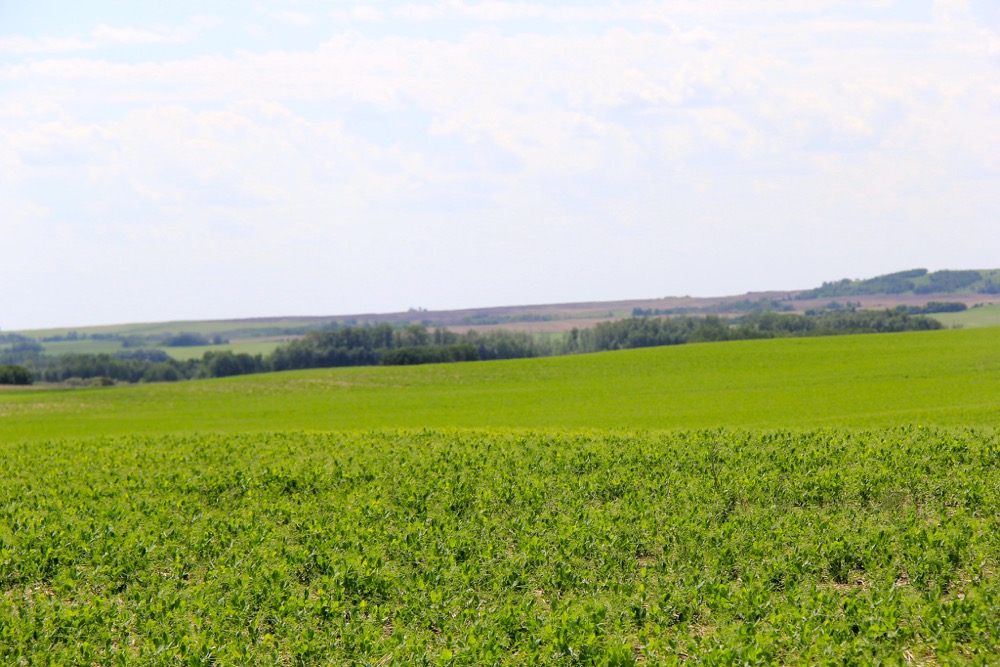
Insect pressure eases, but threat lingers
Most regions reported insect damage, with the exception of the south-east, which suffered from flooding instead, according to the crop report. Reported insects in the last week included flea beetles, cutworms, and pea leaf weevils.
Both Shepherd and Weber said flea beetle pressure has eased in their areas. The odd case of flea beetles now is on late-seeded canola, said Weber.
But some farmers in the Glaslyn area have cutworms now, said Shepherd. “A little bit of reseeding going on because of cutworms. And a little bit of spraying going on.”
Cutworms haven’t been a big problem in the Mervin area so far – Weber only knew of three local farmers who were spraying for the pests. But farmers should still be monitoring the bugs, he said.
Read Also
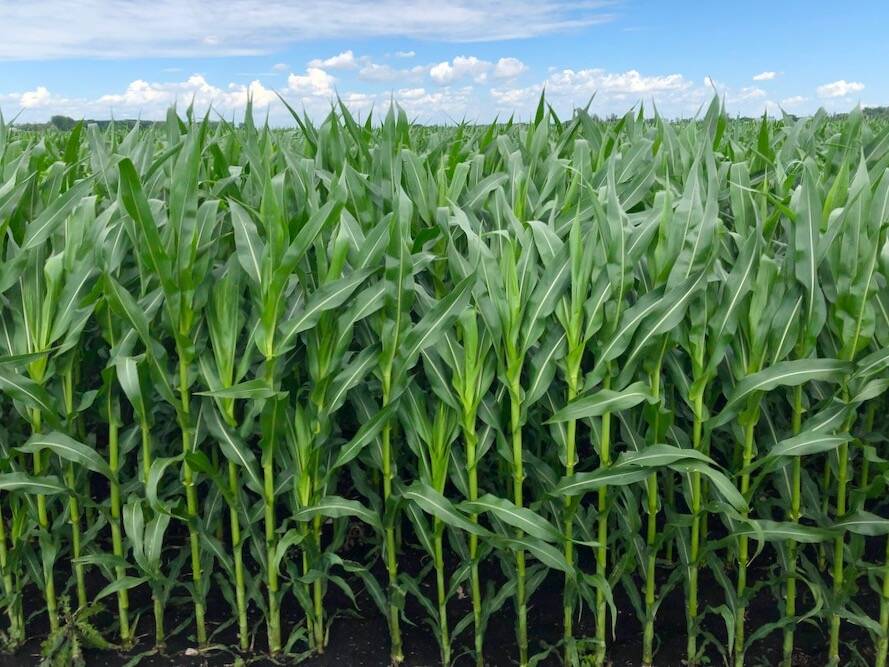
Cancer agency reclassifies another herbicide ‘probably carcinogenic’
The WHO’s cancer research agency has now put atrazine, a herbicide well known to corn growers, in the same potential-hazard category where the agency put glyphosate.
“If you haven’t sprayed for them, don’t think you’re out of the woods yet,” said Weber.


